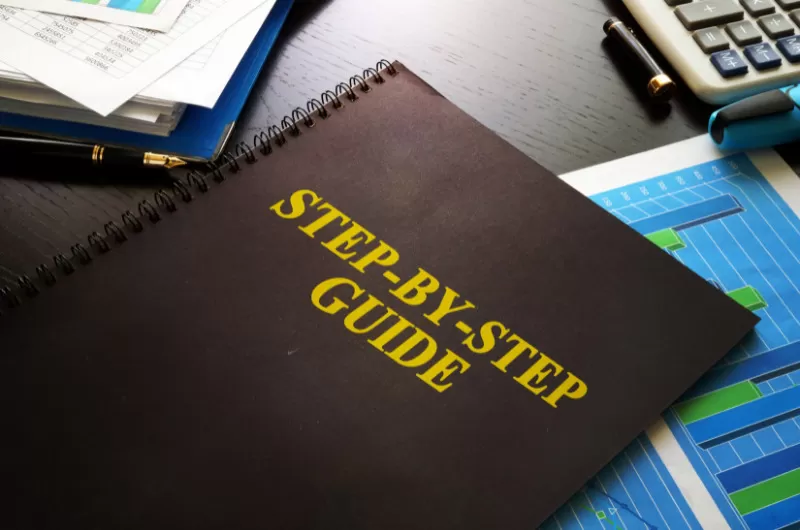If you’ve already applied for Employee Retention Credit, it’s natural to have questions and concerns about how your claim is progressing.
Here, we’ll take a walk through the step-by-step process so you can gain greater insight into the timeline for receiving your refund, understand why refunds might be delayed and find information on the best ways to contact the IRS to query your ERC refund status.
What are the Steps to Verify the Status of the Employee Retention Credit?
Checking up on or verifying your ERC refund status can ease any anxieties that you have around the process and can help you to gain a more accurate time frame regarding the date that you’ll receive the money from your bank.
There are a few simple steps that you’ll need to follow to verify your status:
- Go to the IRS Website
- Navigate to the ‘Get Your Refund Status’ section on the site.
- Provide your Social Security number or ITIN, your filing status and the total amount shown for the refund on your tax return.
- Your Employee Retention Credit Refund status will then be displayed – giving you a little peace of mind that it’s on its way.
Timeline for Receiving the Employee Retention Credit Refund
Duration for Employee Retention Credit Processing
The ERC processing time depends on when you sent in your amended 941Xs. Typically, the IRS will process your Employee Retention Credit within 18-24 weeks from the date that they received your amended 941Xs.
The Waiting Period for Employee Retention Credit Refunds
After the IRS has received your amended 941Xs and your claim has been processed, the waiting period for your refund will commence.
The full refund amount is usually credited to you within 18-24 weeks of the date that your amended 941Xs were filed.
When are Employee Retention Credit Checks Sent Out?
ERC checks are always sent out after the amended 941Xs have been filed and processed. You can expect your refund check to be delivered around 18-24 weeks after filing, providing that there are no errors. This is why it is important that your claim is calculated and organized by an experienced ERC advisor and a licensed CPA.
While there’s no specific date for checks to be sent out, as long as your claim meets IRS regulations and guidelines and your supporting documentation is clear and organized, you can expect to receive the Employee Retention Credit check within the allotted time.
If you opt to be paid to your bank account directly, this may arrive a little faster.
Reasons Behind Employee Retention Credit Refund Delays
There are various issues that can delay your ERC refund:
- Tax return errors: If you leave out crucial information or make an error on your tax return, then it’s likely that the IRS will need more time and information from you to process it correctly.
- Verification of identity: If the IRS sees something they deem as suspicious on your records, they may request additional information to verify your claim. This doesn’t mean that you won’t get your refund, but it may take a little longer.
- IRS delays: Just like all businesses, Covid-19 had a massive effect on the IRS. There may be a slight delay due to unstaffed offices or changes in processes.
Strategies to Accelerate the ERC Refund Process
To ensure a smoother and potentially faster refund process, consider the following strategies:
- Avoid errors: Ensure your tax return is accurate and complete before submission to avoid unnecessary delays.
- Follow IRS Guidelines and Regulations – it is important that your claim is following the letter of the law explicitly. Any concerns here will prompt the IRS to review your file and make any adjustments necessary, which will delay your final credit.
- Use a licensed CPA or ERC Benefits Advisor – working directly with a business dedicated to these types of filings is critical to ensure your file is submitted in a manner consistent with other filings of this nature. This also ensures accuracy.
How Can I Reach the IRS Regarding My Employee Retention Tax Credit?
If you’re concerned about anything relating to your ERC, you can contact the IRS for an update.
There are various ways to communicate with them, but the IRS recommends first checking the Where’s My Refund tool or the IRS2Go mobile app. This will provide the most up to date information for you in the most convenient way.
If the app doesn’t reveal all the answers for you, you can write to the IRS or visit an IRS Taxpayer Assistance Center.
Remember, the peak season for tax returns is January to March, so the wait times may be a little longer than normal during this time.
Contact Number for IRS Regarding Employee Retention Credit
If you’d prefer to speak to someone on the phone about your Employee Retention Credit refund, you can contact an IRS representative directly at 800-829-1040.
For individuals with a hearing impairment, you can contact 800-829-4059 for the TTY/TDD options.
The IRS only provides general information via these phone lines and won’t be able to access your personal account. If you’d like more specific information about the process or your own ERC refund, then it’s advisable to contact your local Taxpayer Assistance Center for more tailored help.
Understanding the full process can be a massive benefit and save you a lot of worry. It may also help you to correct any errors in a timely manner, meaning that you’re more likely to pay on time.
Frequently Asked Questions Relating To ERC Refund Status
Still have questions? Below are some of the most asked questions regarding Employee Retention Credit status:
Q: Can anyone confirm receiving their ERC refund?
A: At this stage, over $50 billion has already been paid out to employers and businesses across the U.S.
The average refund is around $130,000 per organization with individual payments being made anywhere from a few thousand dollars to over $1 million. The amount paid out is completely dependent on business size, number of employees and revenue lost. However, the payments have predominantly been made to smaller businesses to support their continued services throughout the lockdown periods as a result of Covid-19.
Businesses with fewer than 50 employees stand to benefit most, with company-saving payments being made. These payments have allowed business owners to retain their employees and continue to trade throughout this challenging time. But there are also larger corporations who have also benefited massively from this program and similar relief programs, including the grocery store chain Kroger, which receives $20 million in refunds annually.
Q: What steps can I take to expedite my employee retention tax credit refund?
A: If you’re concerned about the amount of time it may take to receive your refund, there are a few ways that you could potentially expedite your ERC payment.
If you require the funds urgently to support your business, then it’s a good idea to send an appending statement with your tax return stating why the money is required more urgently. This could be due to the inability to pay employees due to a lack of funds, for example.
You could also enter an estimated tax payment using Form 4466, which can be provided earlier than your full tax return and will, therefore, reduce the time that the IRS takes to turn around your tax return and reduce your processing time.
You could also communicate regularly with the IRS office to keep up to date with your refund status.
While these steps could expedite your Employee Retention Credit refund, it’s always best to speak with your CPA or ERC Benefits advisor before filing to understand the best steps to take.
Q: Are there any known delays in ERC refund disbursement?
A: There have been some reported delays in receiving the ERC refund due to a substantial backlog in processing tax returns. Although there are guidelines stating the timescales, errors in tax returns are increasing the processing time, which is creating delays in other areas.
In addition, much like other businesses, the IRS is struggling with staff shortages in private sector roles and is recovering from the lasting effects of Covid-19. This means that there are fewer people able to process the payments.
Because of this, there are some potential delays in refunds for certain businesses. It’s advisable to ensure you file your tax return 100% correctly and have this checked over by a professional to avoid further delays in tax return correction.
Q: What’s the procedure to verify the status of my 941x refund?
A: It’s easy to check the status of your 941x refund online. You simply need to visit your IRS online account and navigate to the “My Account” section, then select the “Payments” option.
You’ll be able to see the details of all of your transactions through the IRS, including the status of any tax refunds or refund checks that are due to you.
If your ERC refund has already been processed, it will be listed as “paid” in your account. If you’re concerned that the refund isn’t on your list yet, or if it shows as paid but you haven’t received it after waiting the allotted time for the check to arrive, then you should contact your ERC Benefits advisor.
Conclusion
While waiting for the Employee Retention Credit refund can be worrisome, the ability to check the status regularly online and understand the average timescales can help to give you peace of mind.
Keep in mind that delays can happen for a variety of reasons, and you can help your ERC payment along by always ensuring that the information you provide to the IRS is correct and up to date. You can also speed up your refund by filing your tax return online and opting to have your refund applied directly to a bank account.
If in doubt, the IRS is always available to help you and ease your concerns over the phone. You can also use the amazing online tools to check your status at any time or reach out to your local Taxpayer Assistance Centre for advice and support. Understanding these processes will help you to get the most out of the Employee Retention Credit program and help your business move forward.


